The realm of prototyping has been revolutionized by the adoption of 3D printing technology. Prototyping with 3D printing allows companies and designers to create tailored prototypes swiftly and affordably. These advancements have challenged traditional prototyping methods and unlocked new possibilities.
Advantages of 3D Printing for Prototyping
3D printing enables the creation of complex shapes and structures that are challenging to achieve using conventional production methods. This empowers companies to swiftly materialize their ideas and expedite the development process. The accuracy and precision of 3D printing also aid in identifying and rectifying errors and issues early on, before mass production.
Prototyping with 3D printing also offers flexibility concerning materials and design. There’s a plethora of materials available, including plastics, metals, and even biological tissue. This allows designers to test and optimize the properties of the desired end product before it enters production.
Overall, the adoption of 3D printing in prototyping has fundamentally altered how companies develop and test products. It provides a more efficient and cost-effective means to drive innovation and reach the market faster.
Types of 3D Printers for Prototyping
Various types of 3D printers can be employed for prototyping, each with its own advantages and disadvantages based on project requirements.
- Fused Deposition Modeling (FDM): Among the most common 3D printing technologies for prototyping, FDM utilizes plastic filaments deposited layer by layer and fused together to create the desired object. This method is cost-effective and suitable for rapid prototyping.
- Stereolithography (SLA): This method uses liquid resin cured layer by layer using a laser beam. SLA printers offer high resolution and precision but are typically more expensive.
- Selective Laser Sintering (SLS): SLS printers use a high-powered laser to melt and solidify powdered materials like plastic or metal. This method is suitable for complex structures and various materials.
- Digital Light Processing (DLP): Similar to stereolithography, DLP printers use a projector instead of a laser to cure resin. This method allows for a faster printing process but might not be as precise as other technologies.
Materials for 3D Printing Prototypes
3D printing enables the use of a variety of materials for prototypes. Selecting the right material depends on project requirements, including strength, flexibility, heat resistance, and other end-product properties.
- Plastics: Common materials for 3D printing prototypes include plastics like ABS and PLA, offering a good balance between cost and properties such as strength and flexibility.
- Metals: With the advent of metal 3D printing, prototypes can also be made from metals like aluminum, titanium, and stainless steel. Metal 3D printing opens new avenues for sophisticated prototypes in aerospace, automotive, and other industries.
- Biological Tissues: An exciting advancement in 3D printing is the ability to print biological tissues. This enables the creation of tissue samples for medical research purposes and even the development of organs for future transplantations.
Steps in the Prototyping Process with 3D Printing
The prototyping process with 3D printing involves several steps to ensure high-quality results.
- Design: The initial step involves designing the desired product or converting an existing design into a 3D model. This requires CAD (Computer-Aided Design) software and modeling expertise.
- Printer Preparation: After the design phase, the 3D printer needs to be set up according to project requirements. This includes selecting the right printing material, calibrating the printer, and preparing the printing platform.
- Printing: Once all preparations are complete, the printing process can commence. The 3D printer layers the material step by step to create the desired object. This step requires patience and monitoring to ensure correct printing.
- Post-processing: After printing, some post-processing steps may be necessary to refine the finished prototype model. This might involve removing support structures, smoothing surfaces, or other adjustments.
Tips for Successful Prototyping with 3D Printing
To make the most out of prototyping with 3D printing, consider the following tips:
- Design for 3D Printing: Consider the specific requirements of 3D printing when designing your model. Avoid overhanging structures that require support and ensure the model is printable.
- Experiment with Materials: Utilize the diversity of available materials to find the optimal combination of properties for your product. Test different materials to optimize strength, flexibility, and other factors.
- Use Support Structures Sparingly: Support structures can aid the printing process but can sometimes be difficult to remove and affect surface quality. Use them sparingly and only when absolutely necessary.
- Monitor the Printing Process: Keep an eye on the printing process to ensure everything is proceeding as planned. Ensure the printer is properly calibrated and the material is being applied correctly.
Industries and Applications for Prototyping with 3D Printing
Prototyping with 3D printing finds application in a variety of industries and areas. Here are some examples:
- Automotive Industry: Automotive manufacturers use 3D printing to create prototypes of vehicle parts and test their fit and functionality.
- Architecture and Construction: Architects and construction companies use 3D printing to create models of buildings and structures to visualize their designs.
- Medical and Healthcare: Medical professionals use 3D printing to create tissue and organ models for surgical planning and medical education.
- Aerospace: The aerospace industry uses 3D printing to manufacture complex components and prototypes for spacecraft.
Cost Considerations for Prototyping with 3D Printing
The costs of prototyping with 3D printing depend on various factors, including the size of the prototype, the material used, and the complexity of the design. Generally, 3D printing is more cost-effective compared to traditional prototyping methods as it allows for less material waste and reduced manufacturing costs.
Conclusion and Future Trends in Prototyping with 3D Printing
3D printing has revolutionized prototyping, offering an efficient and cost-effective way to create tailored prototypes. With 3D printing, companies can innovate faster, detect errors earlier, and bring products to market quicker. The potential of 3D printing in prototyping will continue to evolve, opening new avenues for application. It’s exciting to witness how this technology continues to change the way we develop and manufacture products.

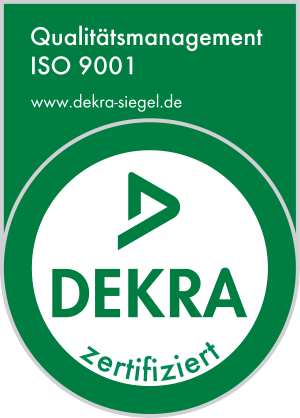
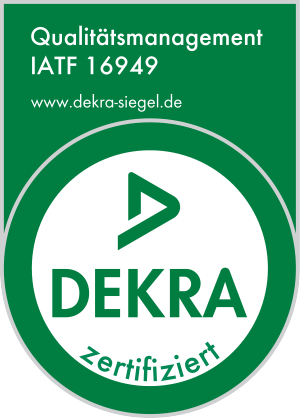
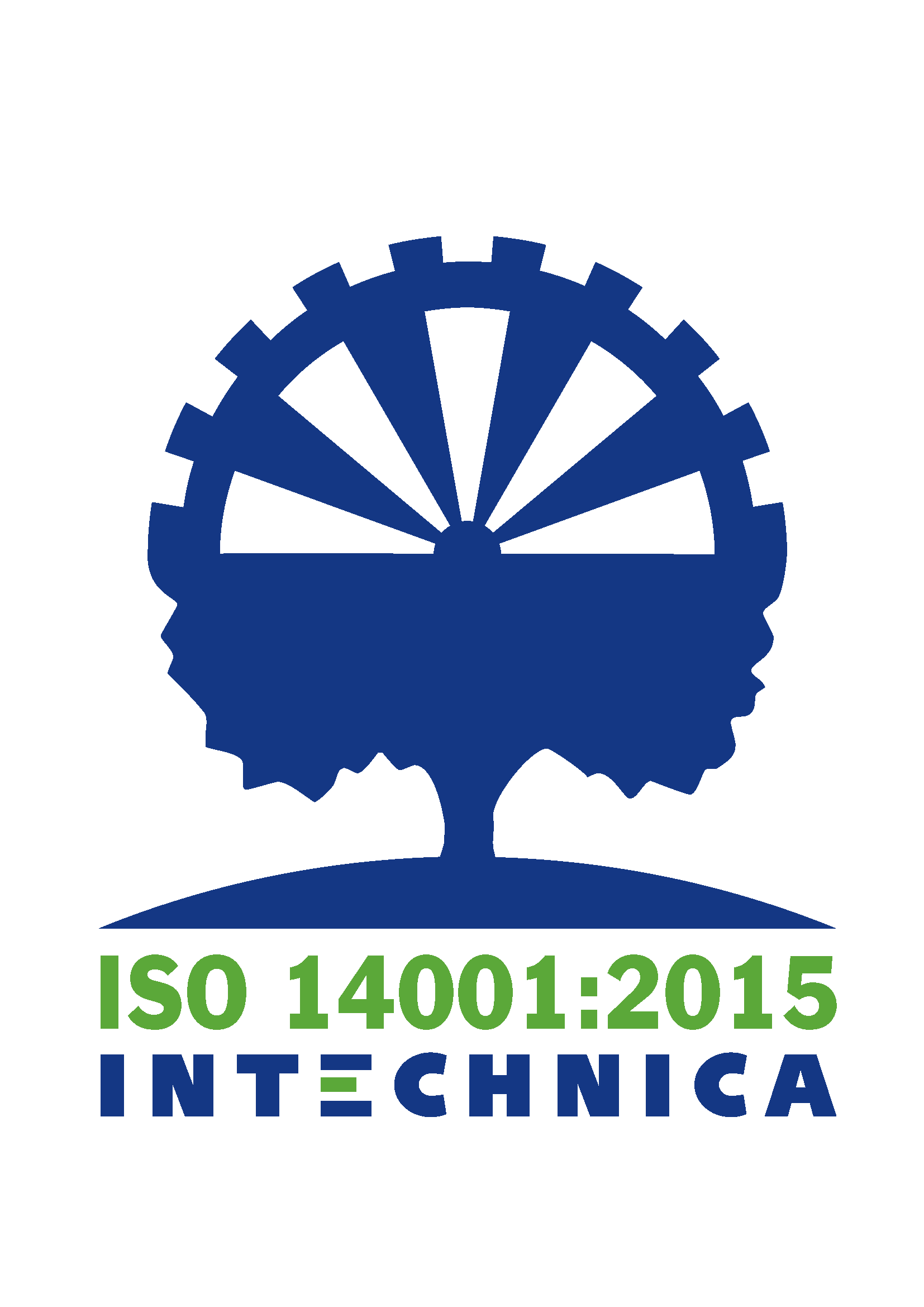
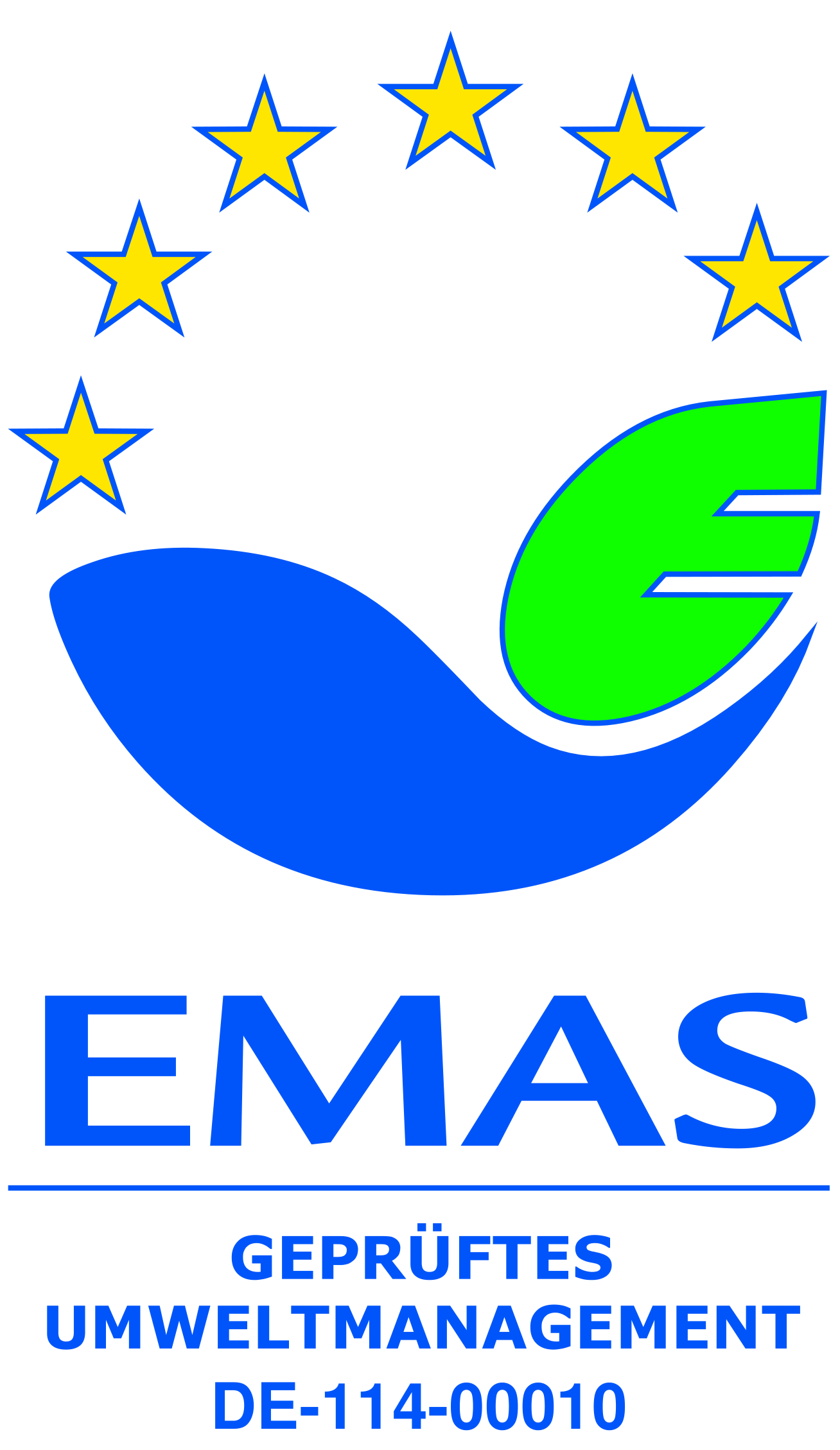
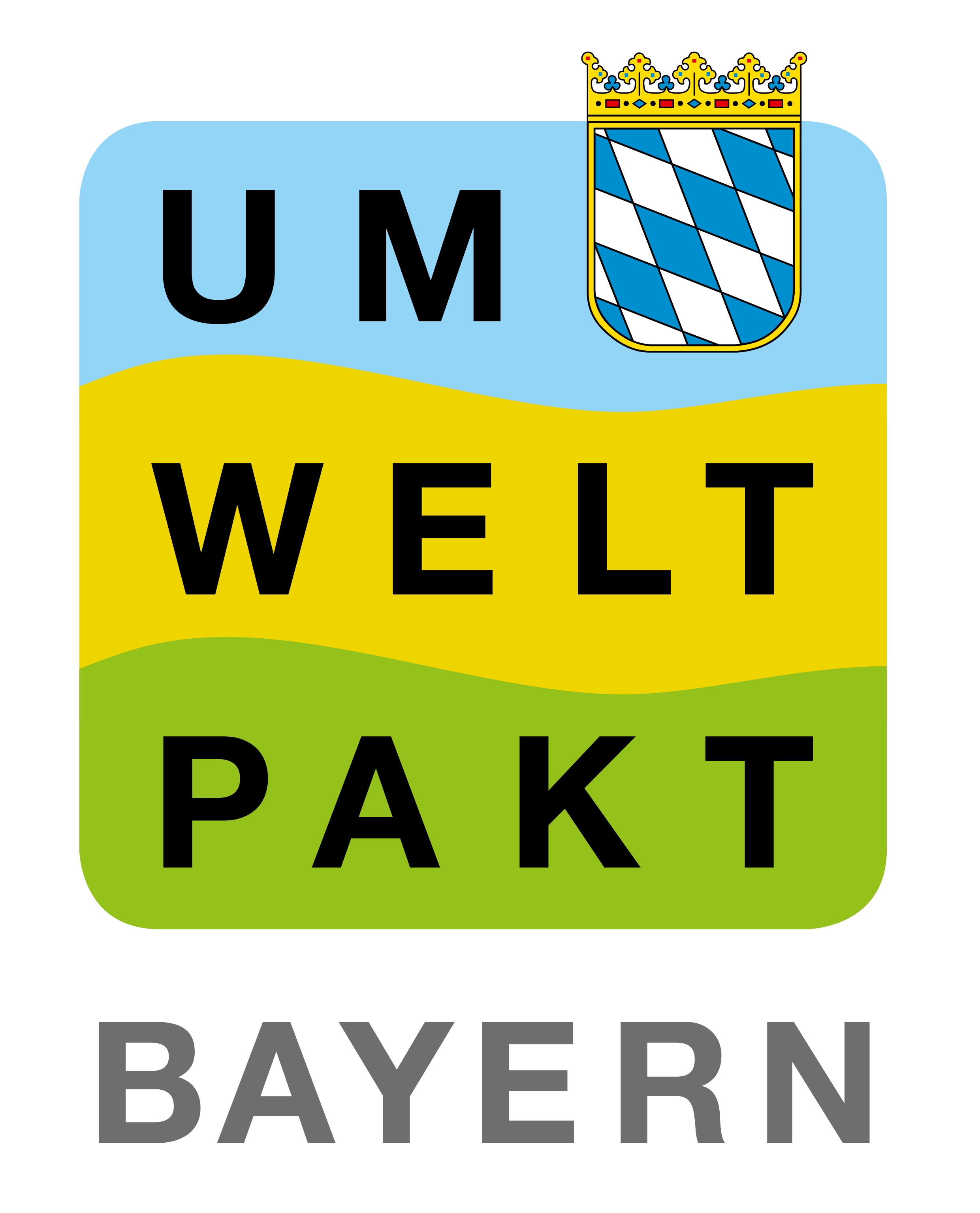

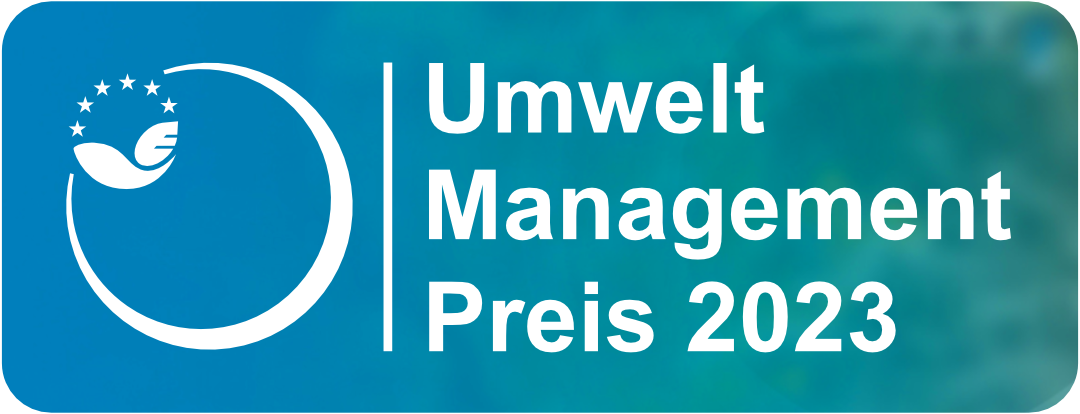

Leave A Comment